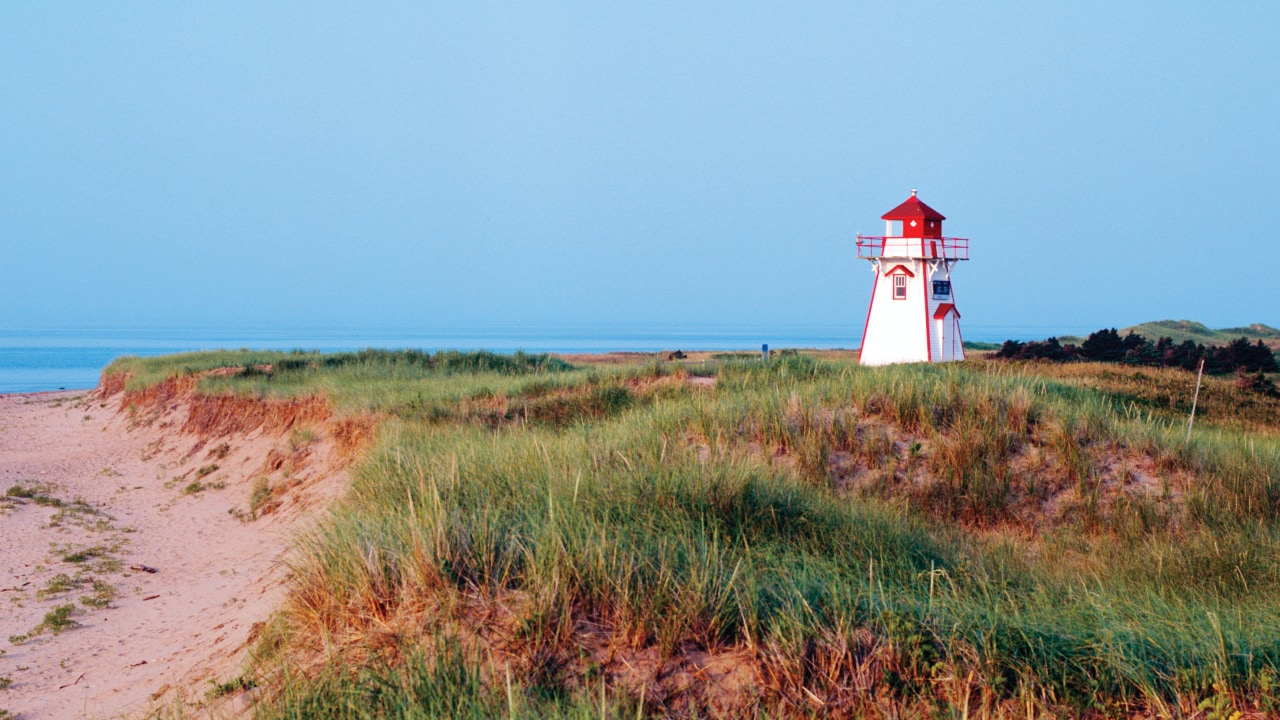
Puerto Chiapas, Mexico
Puerto Chiapas, Mexico
Description
Puerto Chiapas is the entry port to the southernmost part of Mexico and the town of Tapachula.
The original name of this city was Tapacholatl, which in the Nahuatl language means "flooded land." According to tradition it was founded in 1486 by Tiltolotl, the leader of the Aztec army sent by Ahuizotl to conquer the region. In 1813 the Courts of Cadiz (first constitutional congress in Spain) officially recognized it as a town. They authorized maritime commerce with the rest of Mexico, Guatemala and Peru via the port of San Benito later known as Puerto Madero and today bears the name Puerto Chiapas. In 1920 the Soconusco Coffee Union was established, and in 1929, airplane service was introduced. It was not until the 1950s, however, that Tapachula became modernized.
The city of Tapachula is characterized by its warm climate and traditional architecture. It is the region where the mango variety named Ataulfo was first grown. The vegetation is exuberant and extremely varied; the most representative flowers are the heliconias, hawaianas, anturios and orchids, which grow in the highest points of the region.
Archaeological evidence shows that somewhere around 1750 BC the inhabitants of the region had developed a hierarchical village society, with larger, more elaborate houses presumably reserved for chieftains. A few decades before the Spanish arrived, the Aztecs conquered Soconusco. The region had been relatively isolated before that, protected from the rest of Mesoamerica by the mountains of the continental divide (Sierra Madre del Sur).
Points of Interest
- Izapa Archaeological Site
- Tree of Life Stone Carving
- Chocolate
- Mexican Cooking
- Bananas & Ruta del Café
- Mangrove Boat Ride
- Tapachula City
More about Puerto Chiapas, Mexico Points of Interest
-
Izapa Archaeological Site -
The culturally significant Mayan ruins of Izapa include cobbled pyramids, sculptured plazas and squares, ceremonial platforms and stone-carved monuments that date roughly from 300 B.C. to 100 B.C.
-
Tree of Life Stone Carving -
Known as Stela 5 in the Izapa archaeological site, this complex one-ton carving is considered mythological and religious in nature, believed to represent the underworld, earth and heaven, human figures and animals.
-
Chocolate -
This elixir of the ancient Mayan gods is still a highly regarded treat. Watch local women demonstrate the process of turning cacao beans into chocolate on excursions to Tuxtla Chico, also known as "Chocolate City."
-
Mexican Cooking -
Mexican food and marimba music are synonymous with a fun Mexican vacation. Learn how to create your own authentic fiesta with a hands-on cooking class spiced up with the sounds of lively marimba music.
-
Bananas & Ruta del Café -
For a deeper understanding of the local people and landscapes, visit a banana and coffee plantation. Discover the area's history, learn about the growing and harvesting process and meet the workers and their families.
-
Mangrove Boat Ride -
A nature reserve is the perfect backdrop for a leisurely ride through streams lined with mangrove trees and filled with wildlife including pelicans, herons and a fish that appears to walk on water.
-
Tapachula City -
The impressive history and heritage of this culturally diverse city has been influenced not only by the Mayans, Mestizo's and Spanish, but also by German, Chinese, Japanese and French immigrants.